50+ SAMPLE Staffing or Recruiting Plan
-
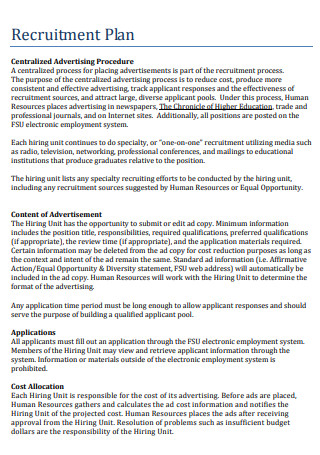
Recruitment Plan
download now -
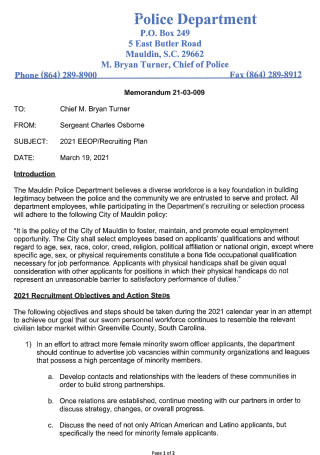
Police Department Recruitment Plan
download now -
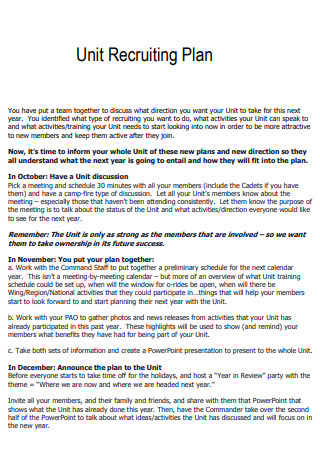
Unit Recruiting Plan
download now -

Recruitment Strategic Plan
download now -
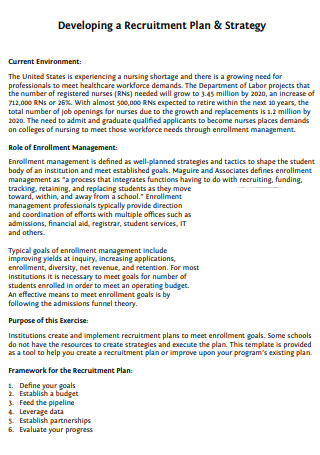
Developing a Recruitment Plan
download now -
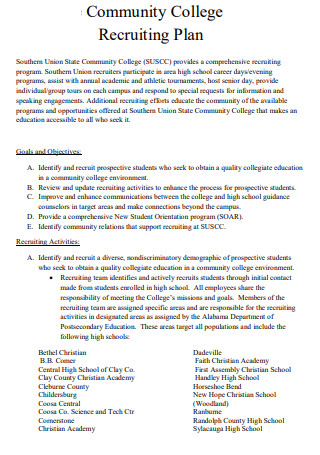
Community College Recruitment Plan
download now -
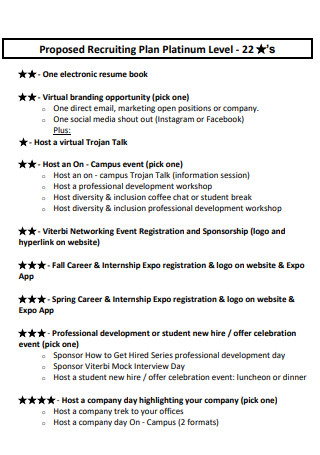
Proposed Recruiting Plan
download now -
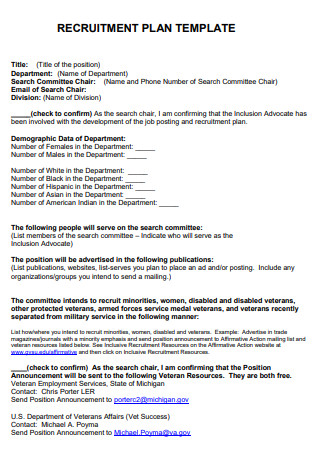
Recruiting Plan Template
download now -
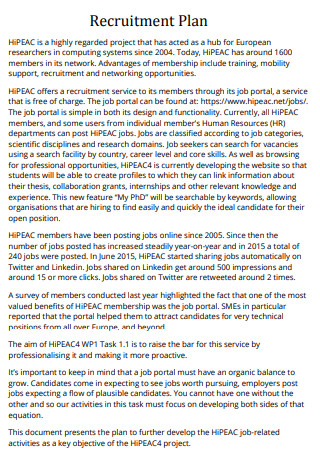
Architecture Recruiting Plan
download now -
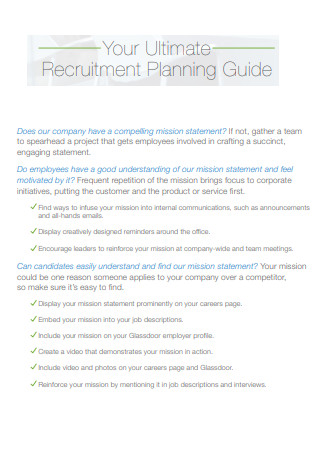
Ultimate Recruitment Planning
download now -

Diversity Recruitment Plan
download now -

Recruitment Admission Plan
download now -
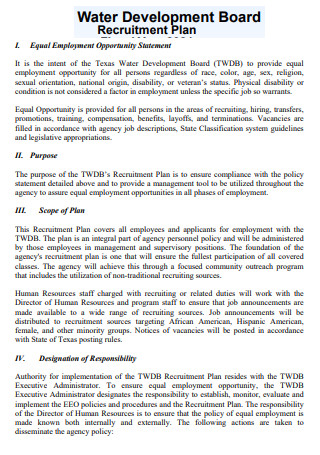
Water Development Board Recruitment Plan
download now -
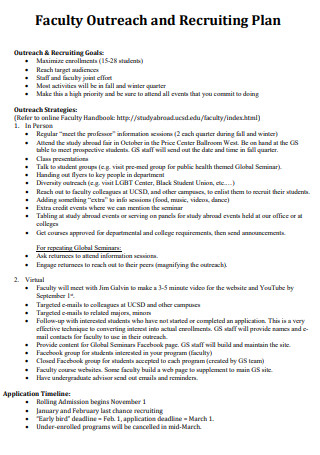
Faculty Outreach and Recruiting Plan
download now -
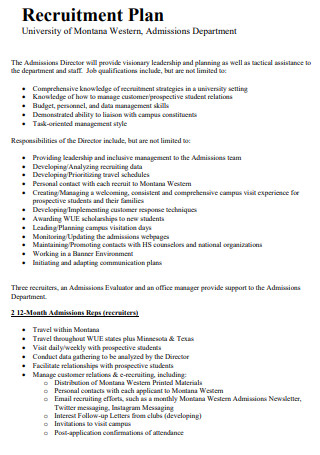
University Recruiting Plan
download now -
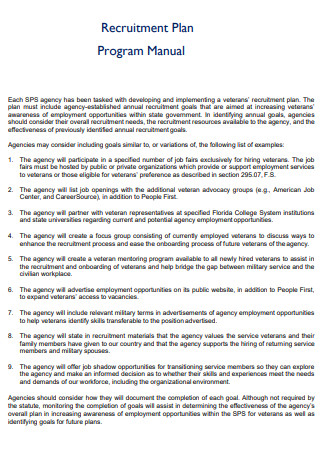
Recruitment Plan Program
download now -
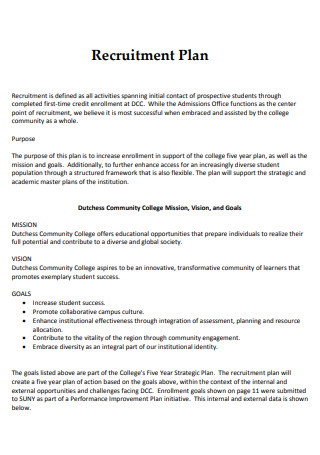
College Recruitment Plan
download now -
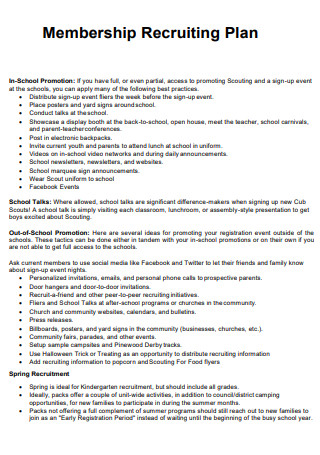
Membership Recruiting Plan
download now -
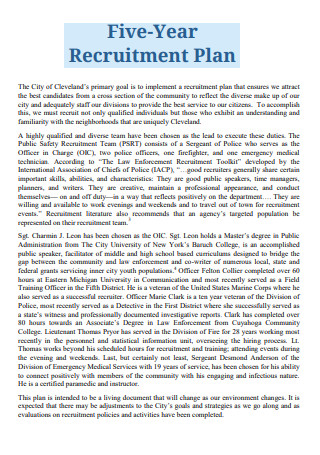
Five-Year Recruiting Plan
download now -

4-Week Recruiting Plan
download now -
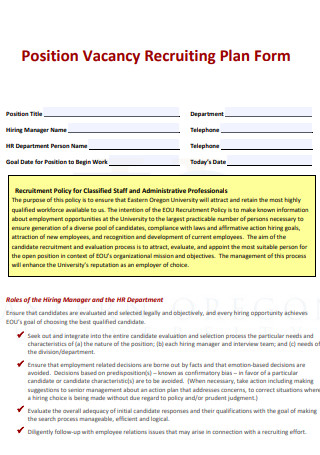
Recruiting Plan Form
download now -

Graduate Recruitment Plan
download now -
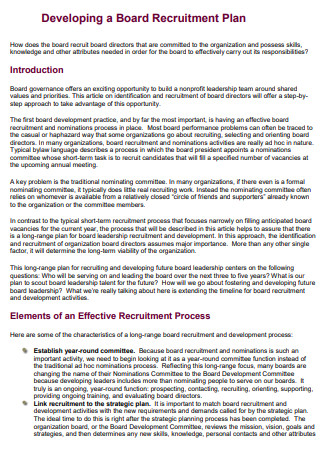
Developing a Board Recruitment Plan
download now -
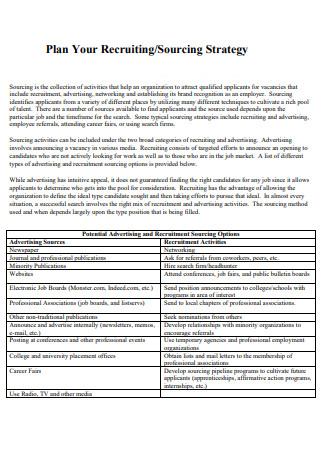
Recruitment Sourcing Strategy Plan
download now -
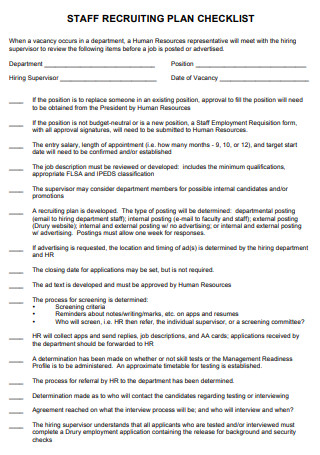
Staff Recruitment Plan Checklist
download now -
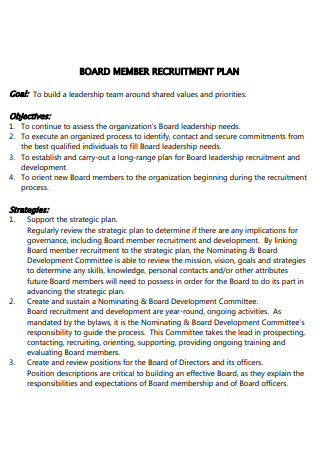
Board Member Recruitment Plan
download now -
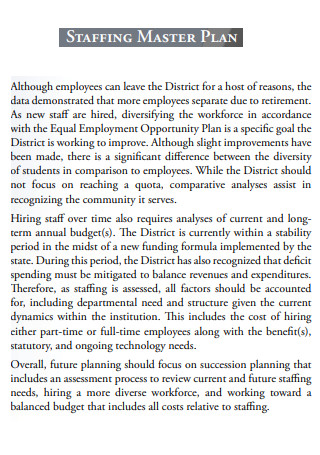
Staffing Master Plan
download now -

Organizational Job Staffing Plan
download now -
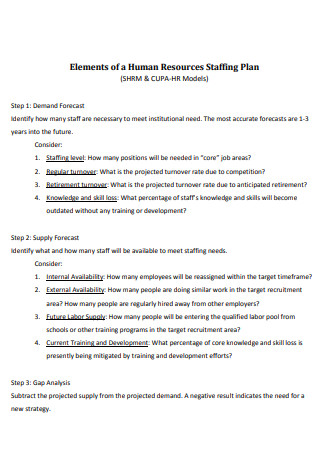
HR Staffing Plan
download now -
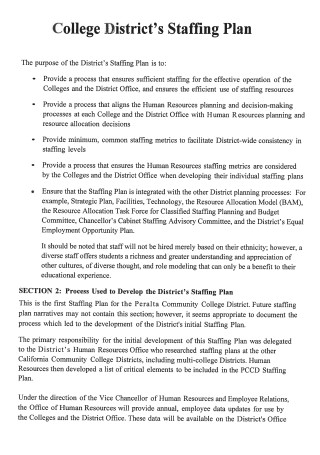
College Staffing Plan
download now -
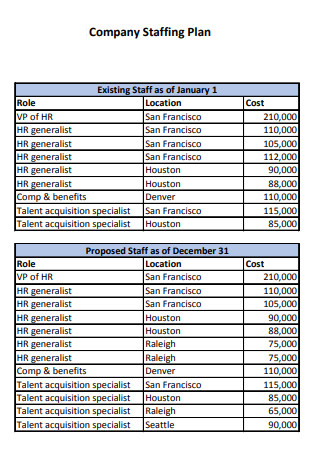
Company Staffing Plan
download now -

Police Staffing Plan
download now -
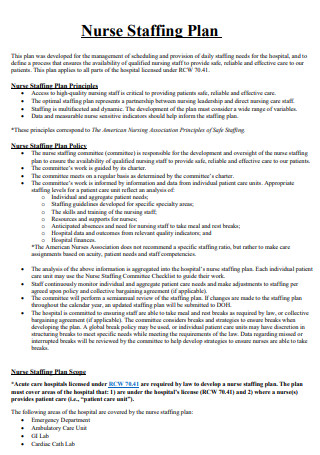
Nurse Staffing Plan
download now -
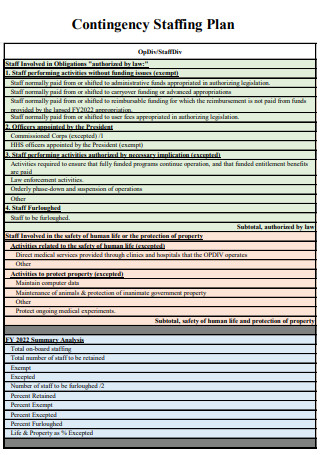
Contingency Staffing Plan
download now -
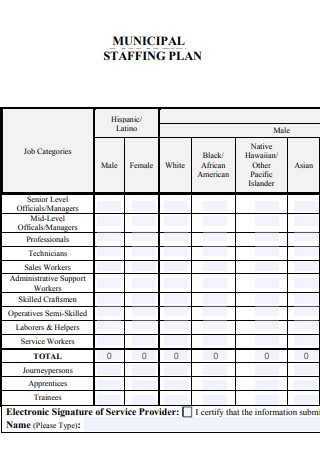
Municipal Staffing Plan
download now -

Staffing Plan Overview
download now -

Business Staffing Plan
download now -
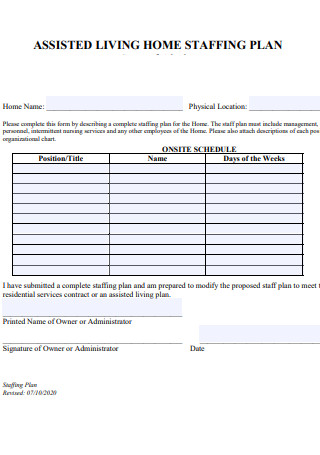
Assisted Staffing Plan
download now -
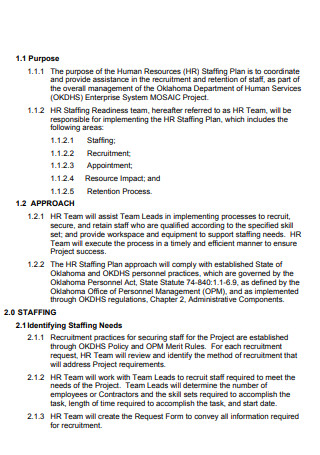
Enterprise Staffing Plan
download now -
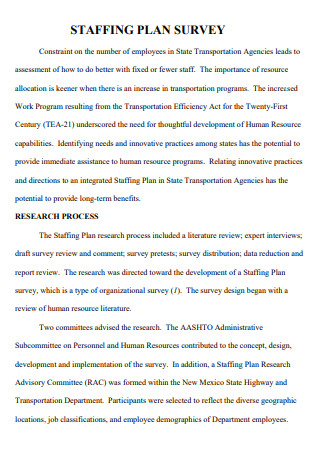
Staffing Plan Survey
download now -
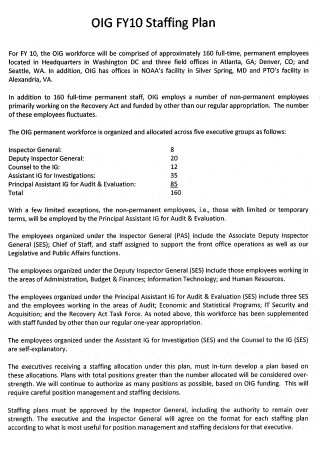
General Staffing Plan
download now -
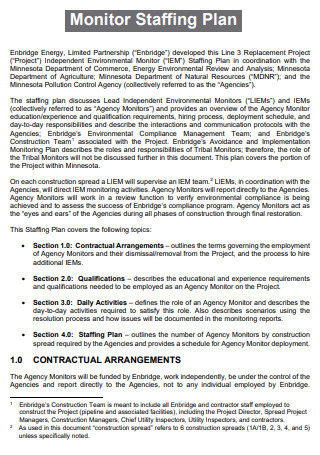
Monitor Staffing Plan
download now -
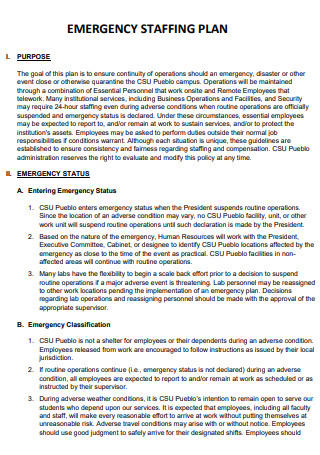
Emergency Staffing Plan
download now -

Proposed Staffing Plan
download now -
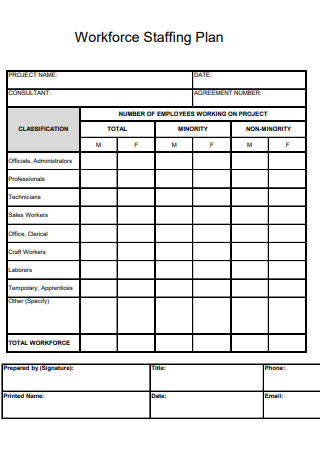
Workforce Staffing Plan
download now -
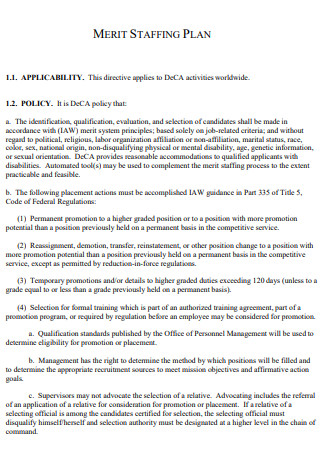
Merit Staffing Plan
download now -
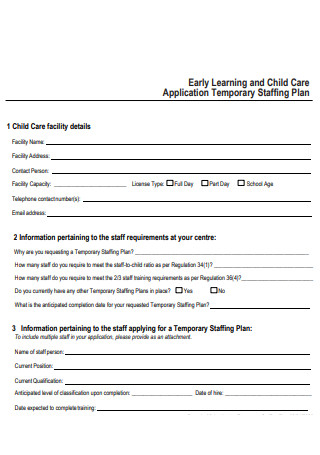
Temporary Staffing Plan
download now -
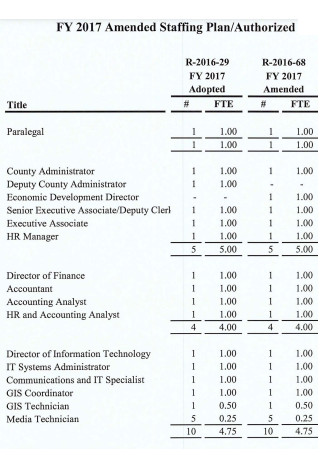
Amended Staffing Plan
download now -
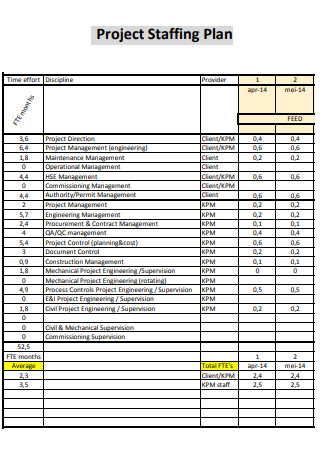
Project Staffing Plan
download now -
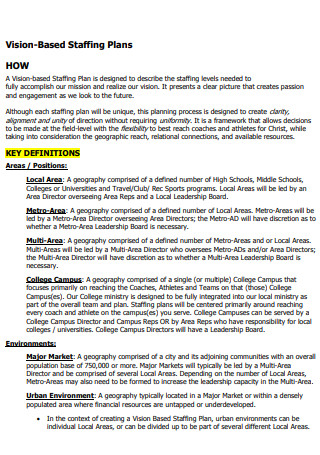
Vision-Based Staffing Plan
download now -

Preliminary Staffing Plan
download now
FREE Staffing or Recruiting Plan s to Download
50+ SAMPLE Staffing or Recruiting Plan
What Is a Staffing or Recruiting Plan?
Types of Staffing or Recruiting Plan
How To Develop a Comprehensive Staffing or Recruiting Plan
FAQs
What is a recruitment plan?
What is the difference between staffing and recruiting?
Why do you need a recruitment plan?
What Is a Staffing or Recruiting Plan?
A staffing or recruiting plan is a strategic planning process that a company utilizes with the help of the human resource department. The document aims to assess and identify personnel needs within the organization. An excellent staffing plan defines organizational necessities for growth, focus, and long-term strategies, working out the skills and resources the company must produce to ensure achieving the company goals and objectives within the HR department budget plan. The staffing plan encloses the entire company and can apply to smaller teams and departments, including individual projects. The document helps businesses to reduce labor costs, maximize productivity, eliminate skill gaps, improve employee engagement and retention, reduce turnover rates, enhance customer experiences, and facilitate organizational development. A comprehensive staffing plan helps prevent any upcoming issues that delay growth or hinder the production of quality products and services to consumers that result in unpleasant experiences and loss of possible business opportunities. It helps companies to provide an effective recruiting and hiring process to develop employees and guide budgeting and financial decisions for the organization.
According to the statistical data published by the Statista Research Department in January 2022, numbers show that the United States lead countries in terms of staffing industry revenue, amounting to 144.5 billion US dollars. Japan follows in second with revenue amounting to 65.2 billion US dollars, and the United Kingdom on third with 41.9 billion US dollars.
Types of Staffing or Recruiting Plan
Staffing or recruiting plans depend on the industry, the size of the organization, and the growth of a company. The variation of the staffing or recruiting plan greatly depends on the long-term goal of organizations to avoid downtime and loss of staff members. Through careful planning and research on market trends, the possibility of filling up vacancies with the right individuals will come easier. Below are the common types of staffing or recruiting plans in different industries.
How To Develop a Comprehensive Staffing or Recruiting Plan
Staffing or recruiting plans are essential documents that are necessary for setting aside a company budget to help plan and allocate resources and costs. The staffing plan is for the use of the human resources department and any other department in the organization that needs it. The plan is also applicable to different divisions in the company for large-scale or small-scale activities. Below are the steps to follow to ensure comprehensive staffing or recruiting plan for the organization.
-
1. Identify and Evaluate Business Goals
The first step to developing staffing or recruiting plan is to identify and evaluate business goals and objectives to achieve. Upon recognizing the goals employees must complete, the human resources department can identify the type of support to provide to meet the necessary expectations. Having a clear picture of what the company wants to attain helps the organization in many ways. Departmental goals must align and support the overall goals of the company. Realizing and identifying these objectives assists the organization in reaching out to necessary individuals, making them understand company expectations for the following year, including major projects, modern strategic techniques, and other processes that require personnel adjustments. It is also the role of human resources to identify goals that need reorganization or realignment to increase customer service and satisfaction and develop specific skills and expertise.
-
2. Identify Internal and External Influencers
The human resources department scrutinizes different factors that affect staffing decisions. These influencers can be internal or external, positive or negative, that can indirectly influence the staffing plan that the organization has little control over. HR personnel evaluates these factors through surveying various channels and situations to determine and understand which of them can impact the talent supply. Influencers range from a tight labor market, changing regulations, and the evolution of processes and techniques. The HR team starts with brainstorming sessions to create a list that impacts the organizational workforce, and armed with a comprehensive list, they can plan according to trends. Labor market data sources include the United States Bureau of Labor and Statistics, state and municipal labor statistics, and unemployment data.
-
3. Determine the Current Staffing Situation in the Organization
In this step of the planning process, the HR department compiles all the necessary information about the current staffing environment in the company. They also create an inventory of the skills that are currently active. The available components include present workers, contingency workers, and other individuals that actively function in the organization to meet organizational goals. The data analysis method identifies the competencies, skills, and expertise available to meet the staffing plan. The HR department identifies the appropriate system to determine and obtain the necessary data. For smaller departments, the use of organizational charts suffice. For larger groups, utilizing human resources information systems, employee payroll, and scheduling systems are more effective. HR also evaluates different factors that affect department structures, including flight risks, employee departures, and job vacancies.
-
4. Forecast Possible Staffing Needs
In this step, HR personnel envisions the needs of the organization. It is critical to start over without the influence of the current situation. The step identifies end-staffing and interim needs through headcount and skills level. The HR team reviews the business goals the organization wants to achieve and specifies the needs to accomplish them. Starting from nothing allows the company to communicate definitive requirements without looking at current staffing levels.
-
5. Conduct a Gap Analysis
During this step, the HR team focuses on identifying any disparities in the current staffing situation and the staffing needs of the company in the future through a gap data analysis. These gaps include lack of skills and expertise, inadequate staffing, and assigning individuals to wrong positions. The information from the gap analysis helps the company to identify the deficiencies in staffing procedures that require an appropriate solution for the company to achieve its organizational goals. The HR departments work with these disparities for the organization to evolve and develop to achieve its objectives.
-
6. Develop a Solution Using a Staffing Plan
After completing the gap analysis, HR personnel can now develop a plan to achieve the goals for the following year. In preparing the staffing plan, the HR department must take into account the timing or schedules and accompanying costs that must be within the budget cycle. The document must outline the required resources with a description of when and where to use them. It must differentiate staff members and identify their roles and responsibilities starting from the entry-level to executive-level positions. Staffing or recruiting plans do not have a definite format, and they can be in tables, graphs, presentations, and other visual representations.
FAQs
What is a recruitment plan?
A recruitment plan is a business document that contains a prearranged strategy plan for hiring employees. It contains information the guides the human resources department throughout the hiring cycle, from developing job descriptions down to the onboarding process.
What is the difference between staffing and recruiting?
Staffing refers to a process of selecting the most suitable employees for a particular position while recruiting focuses on getting potential applicants to file for an application for a vacant position. Staffing pertains to approaching, employing, training, rewarding, and retaining employees while recruiting refers to the search of qualified individuals for a job vacancy through a job application.
Why do you need a recruitment plan?
The principal purpose of a recruitment plan is to make the hiring process smoother. It also provides specific guidelines for applicants to guarantee that the individuals going for an interview are aware and qualified of the skills and responsibilities needed for the job. Through a comprehensive recruitment plan, job interviews run quicker, allowing the company to run continuous operations.
Every company that functions with people to get things in order and to keep an organization running must commit to hiring people with the right skills and experience. As such, the HR department needs to set up a plan that can help them to select individuals that can help a business achieve its goals and objectives. The creation of the staffing or recruiting plan for the company aids in defining organizational goals, analyzing gaps in the system, and finding the most appropriate solutions to address them. Start developing this essential document for your company by selecting the right individuals for a job by downloading the staffing and recruiting plans available in the article above.
